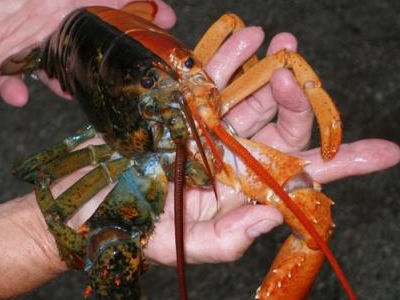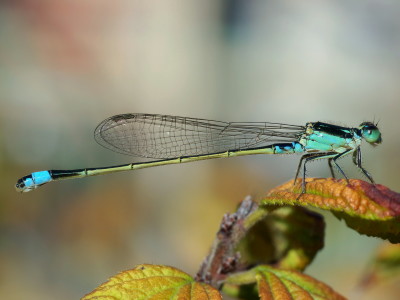Research reveals how giant clams with 12-color color vision, four times that of humans, see the world

by
Humans are three-color type color vision with three independent channels to convey color information, but the giant clam has 12-color type color vision, which is four times this. How Shako recognizes the world has been the subject of research for many years, but a part of its mechanism was newly announced.
The reniform body: An integrative lateral protocerebral neuropil complex of Eumalacostraca identified in Stomatopoda and Brachyura-Thoen--Journal of Comparative Neurology-Wiley Online Library
https://onlinelibrary.wiley.com/doi/abs/10.1002/cne.24788
How mantis shrimp make sense of the world | EurekAlert! Science News
https://www.eurekalert.org/pub_releases/2019-11/uoa-hms112519.php
The human eye usually has three types of photoreceptor cells that respond to red, green, and blue light, and humans recognize various colors through these three types of photoreceptor cells. For example, when a human sees a yellow leaf, information is transmitted to the brain that 'only cells that react to red light and cells that react to green light are activated, and cells that react blue light are hardly activated.' By comparing this information, humans judge “yellow”.

by
On the other hand, the giant clam has a unique eye structure that is different from humans. The two eyes of the giant clam move independently, have three-dimensional vision, and have photoreceptor cells that distinguish 12 different wavelengths. The ability to distinguish four times the wavelength of light from humans has long been thought of as having an amazing color vision.
However, a 2014 study revealed in 2014 that giant clams do not have amazing color vision. As a result of experiments, it was shown that the 12 types of photoreceptor cells in the eyes of the giant clam have only one specific color corresponding to each of them, and it is not possible to distinguish so many colors. .
Scientists at the University of Arizona and the University of Queensland investigate the nerve system of the giant clam to further understand the visual system of the giant clam, which is different from humans. Researchers then discovered that there was a special part called the “Reniform Body” in Shako's brain. More spectrum information is transmitted to the brain of the giant clam than humans, but all information from different pathways is processed by this reniform body.

by
Using a variety of imaging techniques, the research team traced the connections made by Reniform neurons, revealing that Reniform has subsections that interact. Researchers have also shown that one particular segment is connected to a portion of the visual cortex that is simplified, called the leaflet.
According to Nicholas Strausfeld of the University of Arizona, who conducted the research, 'This mechanism allows the giant clam to store a very high level of visual information.' Hanne Thoen of the University of Queensland said, “Shako processes different types of color information in these Reform subsections and organizes them to make sense for other parts of the brain. Can be interpreted immediately. '
The study also revealed that the Reniform body is nerve-connected to a part called the “ mushroom body ” that arthropods possess and learn and remember the olfactory sense. The fact that the Reniform body was connected to the mushroom body to provide information means that the processing of olfactory information occurs before and after visual memory. Researchers see this as a very important discovery.
Researchers focused on the discovery that the Reniform body is connected to the brain area involved in memory, commenting , 'This will probably help memorize what I'm trying to eat and predators.' Reniform is not limited to giant clams but has been confirmed in crabs, shrimps and crayfish. “It's very attractive to go ahead and understand how the subdivision of the Reniform body works in the world's perception of animals,” the researcher says.

by prilfish
Related Posts:







